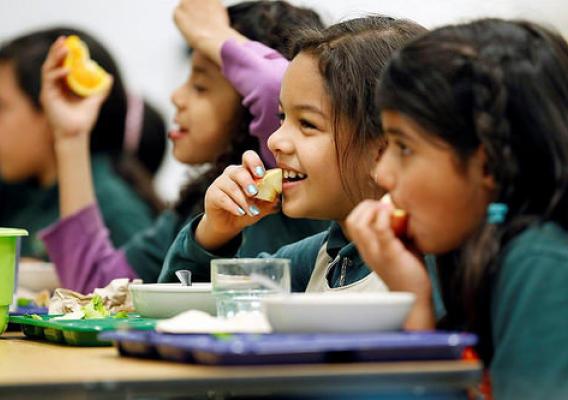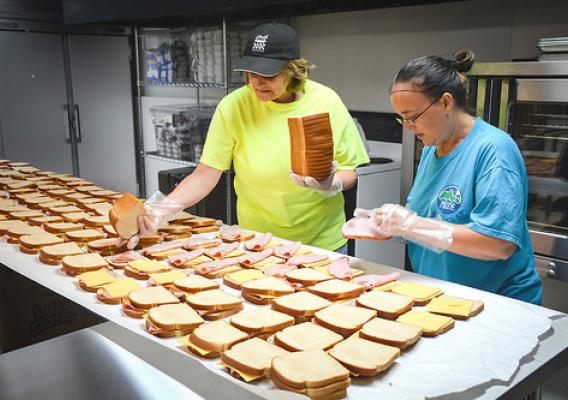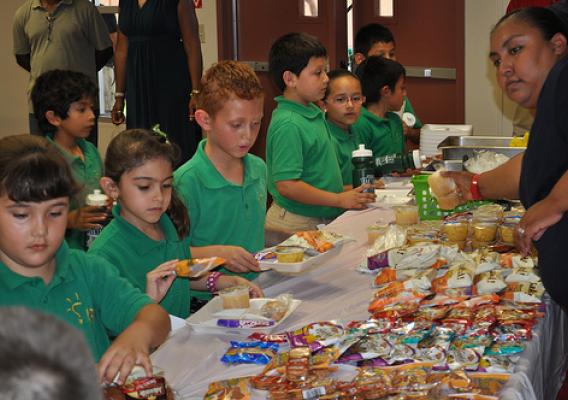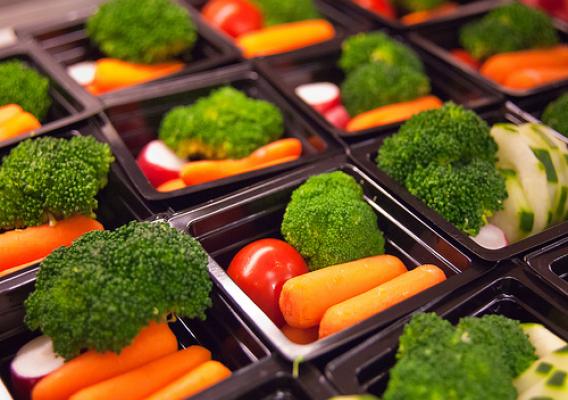It’s hard to believe the start of the school year is right around the corner. It feels like just yesterday the final bell rang, and students exchanged their pens and pencils for swim trunks and sunglasses. But it’s time for students, teachers and other school staff to get ready for the year ahead, and that includes school nutrition professionals who will soon be tasked with serving healthy school meals to over 30 million students nationwide.
This past year, America’s school nutrition professionals did some phenomenal work, and I look forward to picking up right where we left off. Today, more than 96 percent of schools are successfully meeting the updated meal standards, serving healthy meals approved by nutritionists and students alike. A recent study found that kids are now eating 16 percent more vegetables and 23 percent more fruit at school -- not to mention more whole grains, low-fat dairy, and lean protein, than they were before the new meal standards. I’m certain that through continued collaboration with our partners and food professionals, this school year will bring even more progress toward a healthier, hunger-free generation.










